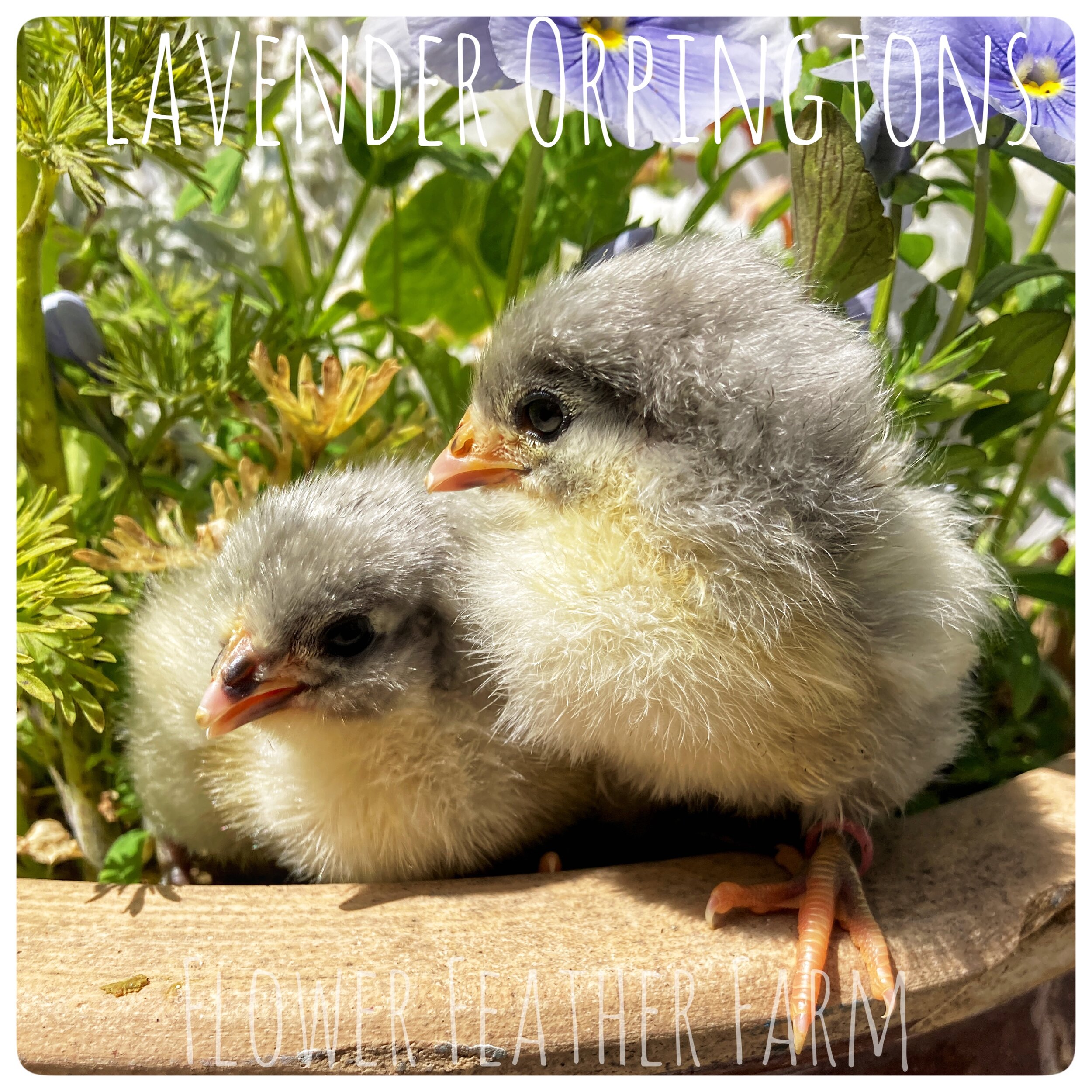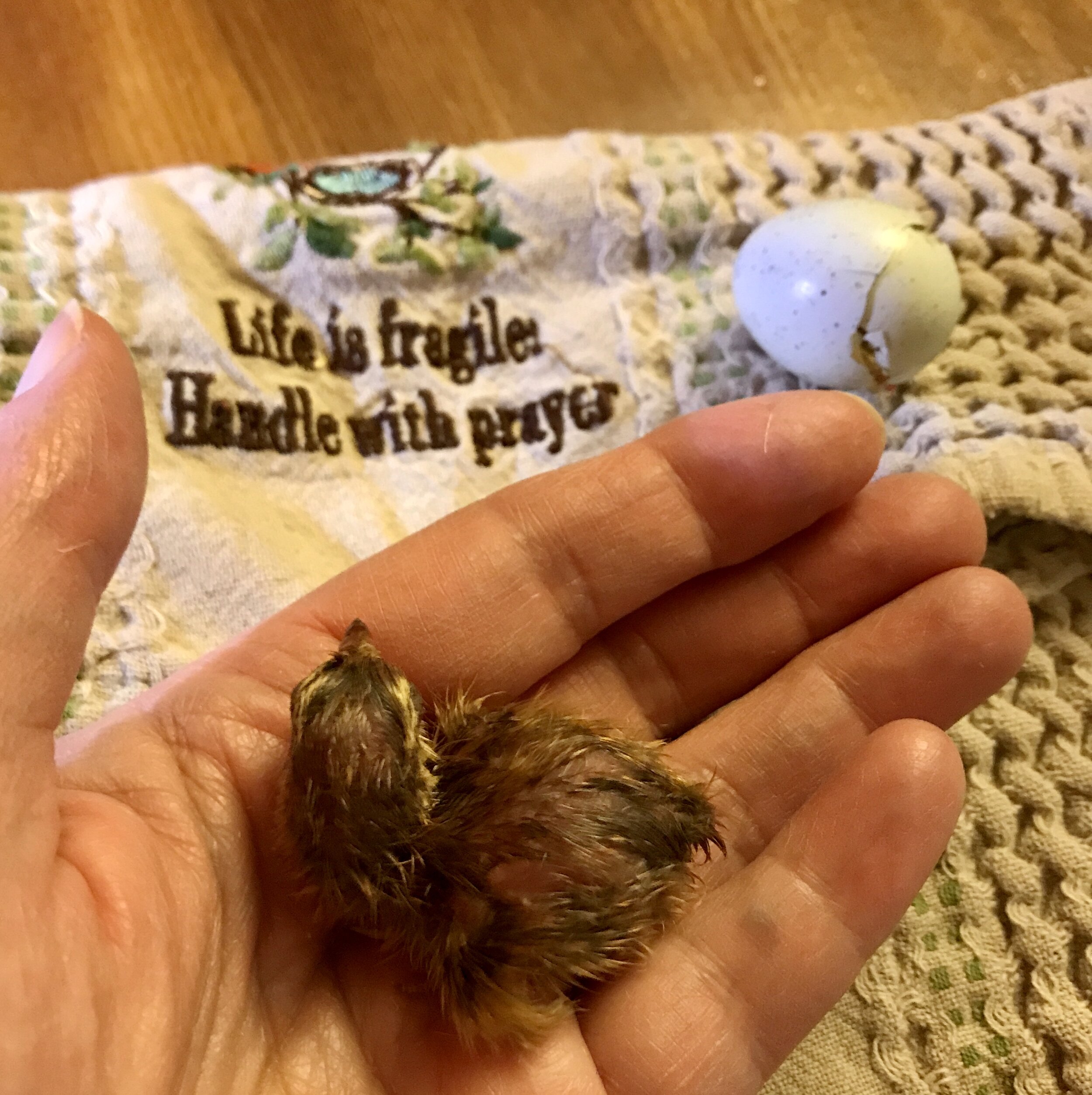Chick Mortality: The 2% Chat
I try to have this chat with everyone to whom I hand chicks, but also wanted to post it for those of you that read all the Pre-Pick-up links I send (yay you!).
I haven’t kept scientifically reproducible data, but my casual records indicate that 2% of the chicks we hatch won’t make it to Day 10. This is why a hen lays an egg nearly every day. The trick is, I don’t know which chicks are the 2% when I hand them out. Obviously any weak or wimpy ones stay here — I have a special CICU (Chick Intensive Care Unit) that I house them in while we wait to see if they are coming or going — but of a hundred fluffy healthy chicks, two of them are going to stall out and fade away before day ten. Sad, I know.
Chickie ICU
If you have kids, it’s best, IMHO, to warn them about this — I suggest explaining to them that our job is to give each chick a safe, comfortable, quality life no matter if it is a short life or a long life. If chickie passes on Day 8, focus on how those 8 days were the best they could be. Then contact me for a replacement or credit.
Do, however, make sure you are doing all the best practices:
Sufficient heat: 99 degrees where they sleep, heat from a brooder plate or a reptile bulb. If you see your chicks standing on tiptoes reaching for the heat, you need to provide more heat. They may look fine, but they are draining their tanks just trying to keep warm and will not flourish, some will not survive. And, would you like to sleep on your tiptoes??
Fresh clean water, supplemented with NutraDrench or, if you have a poopy bum chick, Apple Cider Vinegar with the Mother (but just for a day or two).
Clean bedding: if their toes are collecting poo, change the bedding.
Clean air: fumes from Teflon or other non-stick pans will kill your chicks.
If you are commingling chicks from multiple sources, be aware that you are commingling strains of cocci which can overwhelm their developing immune systems. Offer medicated chick starter and have Corid on hand and be familiar with the symptoms of coccidiosis. Withhold vitamin supplements as they cancel out the relevant component of the medicated feed/Corid.
If you are doing all of the above, and chickie passes, it is not your fault. You did your best — chickies days were numbered. Don’t beat yourself up.
I did find some actual data from a scientifically sound study. Here is the abstract and the link.
Observations made in a commerical broiler hatchery revealed that chicks hatched over a period of 48 hours. Chick mortality to 10 days of age was 3.2% for those hatched at the commencement of the hatch, 1.2% for those hatched at peak of hatch and 52.9% for those hatched at the end of hatching. Chicks hatched early were more prone to dehydration while late hatching chicks had a higher incidence of leg weakness. Chicks held for 48 hours in hatcher machines lost 12.5% to 21.7% of their hatching weight and 79.4% of the hatching weight of the yolk sac. Normal 10-day mortality from this hatchery in winter months was observed to be 2.4% . . . (Some hatchery factors involved in early chick mortality).
To recap the article, early hatchers are very slightly compromised (probably dehydration — so I will continue with my 12-hour swoop and sips) and late hatchers are severely compromised with loads of leg problems. This is consistent with my experience — nearing our 5000th chick this spring. Late hatchers have curled-under toes, splay legs, wonky hips, frozen legs, all sorts of troubles. I pop them into NICU, but only half of them make it past day 10 and they are usually scrawny; I don’t send them out but instead raise them up for my table egg flock,. Even then, they rarely make it to adulthood.
I used to pull the hatchers on Wednesdays but have recently started waiting until Thursday, but boy is my CICU getting full. Part of me says “give them a chance! A short life is better than no life!” the other part says, “Perhaps it is kinder to stop them prior to hatch. Let them pass inside the egg rather than struggle to hatch and struggle to walk and struggle all the way to the end.” So hard to know.
Notice the study cites 2.4% mortality by day 10 so my rough guess was pretty close!





